Entre los días del 7 al 12 de Abril se celebró la Asamblea General de la European Geosciences Union 2019 (EGU 2019) en la ciudad de Viena (Austria). En ella participaron un total de 16.273 científicos de 113 países diferentes y se presentaron un total de 5.531 exposiciones orales, 9.432 pósters y 1.287 presentaciones PICO.
Investigadores del Instituto Volcanológico de Canarias (INVOLCAN), Instituto Tecnológico y de Energías Renovables (ITER) y de la Agencia Insular de la Energía de Tenerife (AIET), entidades dependientes del Cabildo Insular de Tenerife, así como un importante colectivo de estudiantes de postgrado universitarios que realizan su formación investigadora en las citadas entidades participaban en esta importante cita científica en la que presentaron un total de 47 comunicaciones científicas relacionadas con diversas temáticas científicas ligadas a la volcanología, sismología, exploración geotérmica, geoturismo, recursos hidrícos subterráneos, calidad ambiental, trazabilidad agroalimentaria, ciencias planetarias y divulgación científica.
La Asamblea General de la EGU tiene como objetivo proporcionar un foro en el que los científicos, especialmente los jóvenes investigadores, puedan presentar su trabajo y discutir sus ideas con expertos en todos los campos de la geociencia. De las 47 comunicaciones científicas presentadas, 24 contaron con la financiación del proyecto VOLRISKMAC. De todas ellas, 20 fueron pósters, 3 exposiciones orales y 1 presentación PICO.
- Adaptative spectral subtraction for enhancing microearthquake signals.
- Automatic seismic network-based monitoring of Tenerife (Canary Islands, Spain).
- Multiscale spatio-temporal analysis of seismicity: application to the 2016-2017 seismic sequence in Central Italy.
- Alkaline traps network to monitor soil CO2 efflux weekly measurements for the volcanic surveillance at Tenerife, Canary Islands.
- Low cost soil CO2 efflux monitoring network for the volcanic surveillance of Cumbre Vieja volcano, La Palma, Canary Islands.
- Geochemical monitoring of the Tenerife Northeastern Rift Zone (NERZ) volcano (Canary Islands) by means of diffuse CO2 degassing surveys.
- Surface diffuse degassing monitoring of the Tenerife Northwestern Rift Zone (NWRZ) volcano, Canary Islands.
- Monitoring diffuse CO2 degassing in a monogenetic volcanic field during a quiescent period: the case of Timanfaya volcano (Lanzarote, Canary Islands, Spain).
- Spatial-temporal variations of surface diffuse CO2 degassing from Cumbre Vieja volcano, La Palma, Canary Islands.
- Geochemical monitoring of El Hierro volcano (Canary Islands) by means of diffuse CO2 degassing surveys.
- Diffuse CO2 degassing from Brava Volcanic System, Cape Verde: a valuable tool to forecast volcanic unrest episodes.
- Diffuse degassing at the oceanic volcanic island of Madeira, Portugal.
- Soil He and H2 emissions at Furnas Volcano, São Miguel Island, Azores.
- Disruption of air traffic by small-magnitude eruptions: possible scenarios for the Canary Islands.
- Short-term variations of diffuse He and H2 at the summit cráter of Teide volcano, Tenerife, Canary Islands.
- Anticorrelated ground deformation pattern between Mauna Loa and Kilauea.
- Diffuse CO2 degassing surveys for volcano monitoring of the North-South Rift Zone (NSRZ) volcano, Canary Islands.
- Financial markets tools for multiscale analysis of geochemical and geophysical time series.
- Groundwater geochemical monitoring for the volcanic surveillance of Tenerife, Canary Islands.
- Short-term variations of diffuse thermal energy released from the summit crater of Teide volcano, Tenerife, Canary Islands.
- Long-term continuous monitoring of CO2 emission from the summit cone of Teide volcano, Tenerife, Canary Islands.
- Is the seismicity of Tenerife (Canary Islands) increasing?
- Pitfalls and ambiguities in the inversion of volcanic infrasound data.
- Earthquake clusters in the seismicity of Tenerife (Canary Islands, Spain).

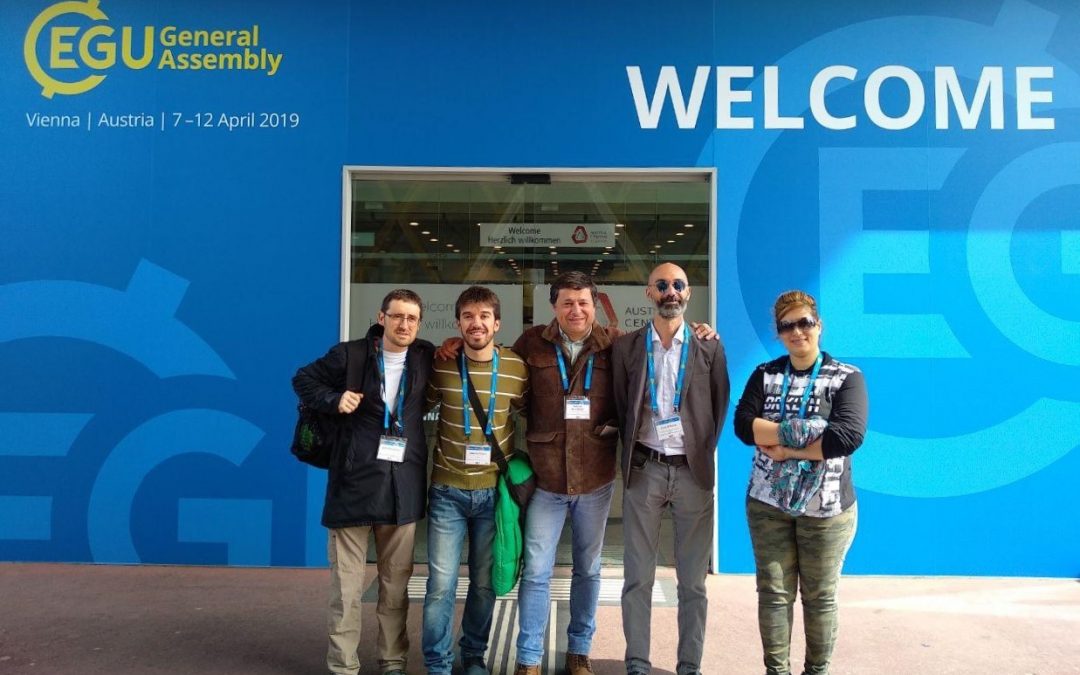
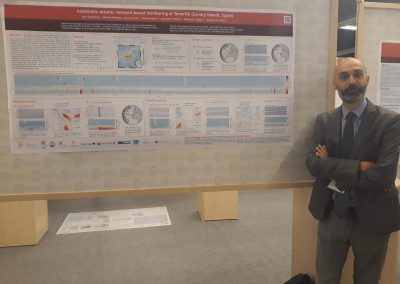
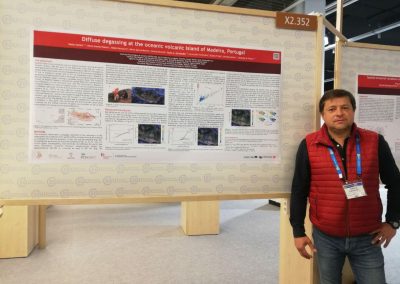
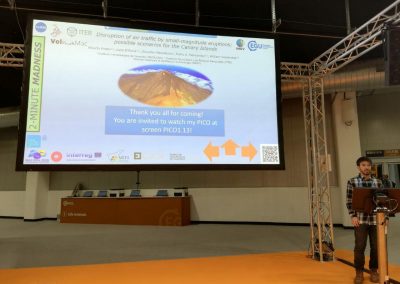
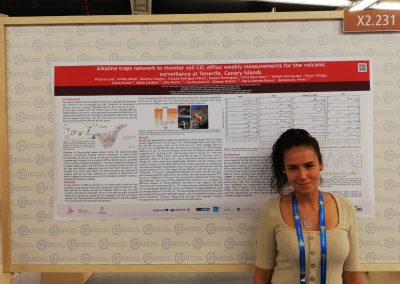
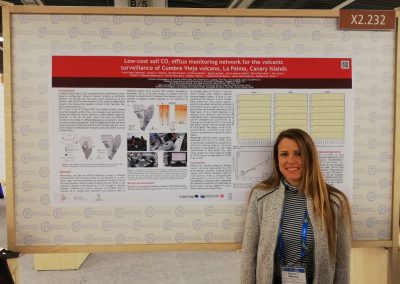
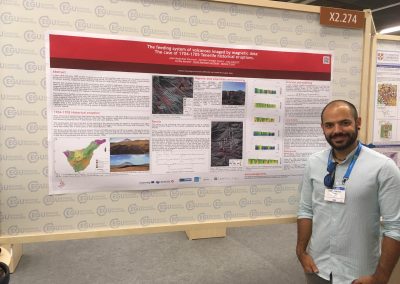
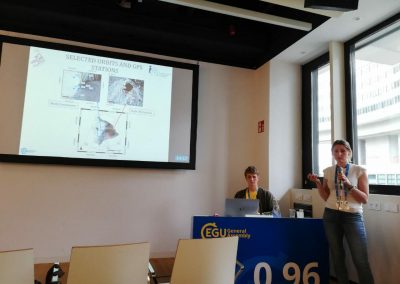
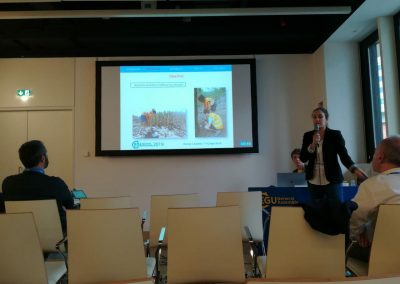



Recent Comments